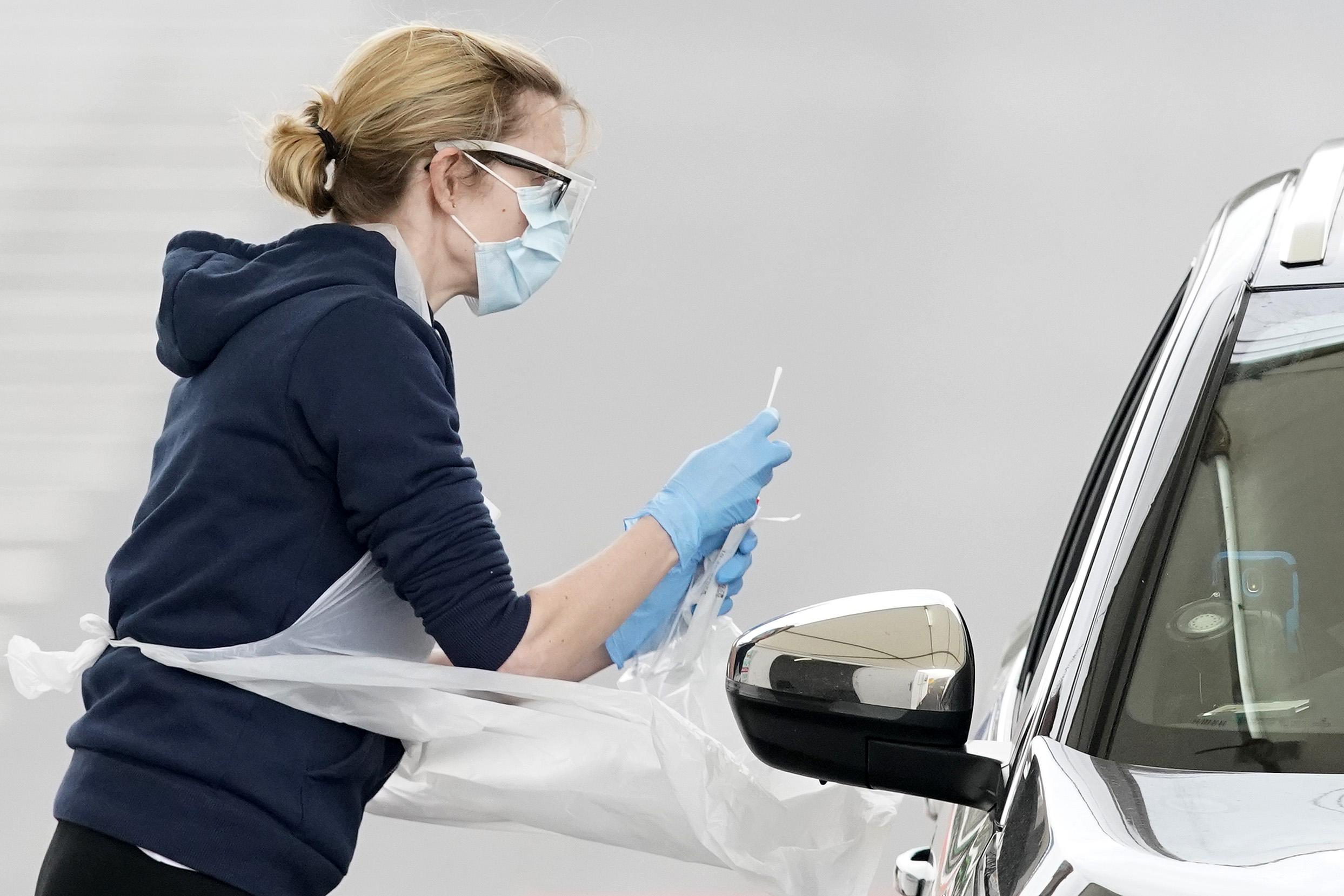Lockdown cannot be lifted until the government delivers on its testing pledges
Editorial: The most effective way to keep the spread of coronavirus under control while getting the country back to work is to have an extensive testing and tracing programme

Boris Johnson may be “raring to go”, as his PR people tell the media, but there is considerably less confidence that the government is equally eager to relax the lockdown. The prime minister’s time in hospital may have heightened his sense of the threat of Covid-19. If so, then that is no bad thing, for the public’s health should come first, and extreme caution needs to apply as the economy tries to recover. Mr Johnson – so dominant a presence in his party and cabinet, even while in intensive care – should possess the authority to resist the calls from his backbenchers for any early loosening of the social distancing regime. A second peak could easily arrive within weeks and overwhelm the NHS, which is still short of vital equipment. It is simply not worth it.
Fortunately, the “five tests” announced by health secretary Matt Hancock also point to a relaxation of lockdown later rather than sooner. As Mr Hancock has made clear in his public appearances, the infection rate has to be far lower than it is now for lockdown to be eased. This is because the most effective way to keep the spread of coronavirus under control while getting the country back to work is to have an extensive testing and tracing programme. And that means waiting until the infection rates start to fall dramatically – small enough to be handled by the test and tracing teams. It also means getting the testing infrastructure in place. This is nowhere near complete.
Even now, only a few days from Mr Hancock’s self-imposed goal of 100,000 tests per day, capacity is barely half that level, and the number of people actually being tested even lower. No doubt it will be dubbed a failure if Mr Hancock’s goal is missed at the end of the month, but he was right to set himself and the government an exacting task. It was what the media were encouraging him to do, after all, and it probably did galvanise the whole machinery of the state, including the army.
Still, it is disappointing. When ministers plead that there is a global shortage of testing kits and the chemicals in them, that is perfectly true. There is also a woeful lack of international cooperation, and the UK might have generally been better off in a larger EU procurement consortium, but the point still stands. Yet just because there is a worldwide shortage doesn’t mean that every country is, or has been, short of testing kits – Germany and South Korea being the frequently cited examples of countries that were much better prepared than us going into this crisis. That Britain was in such a weak position to pursue a policy of test and trade early in the outbreak, and still is, is a political not a scientific or commercial failing.
Even if the 100,000 goal is soon achieved, it will need further “ramping up” before a return to anything like normality can be contemplated. It will need more kits, but also a small army of public health officials to undertake the tracing, possibly assisted by new apps. In any case, Britain is in no fit state to ease social distancing, and many people are in any case fearful of going back to work or using public transport because of the obvious risks. There is no realistic data on the numbers infected and recovered, no antibody tests for those who have had Covid-19, and no real certainty about subsequent immunity. Meanwhile, a vaccine may be still a year away. In such circumstances, Britain should not be raring to break out of lockdown, even if it is sunny out.
Join our commenting forum
Join thought-provoking conversations, follow other Independent readers and see their replies
Comments
Bookmark popover
Removed from bookmarks